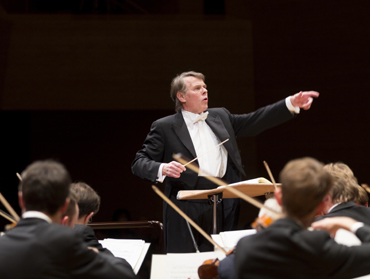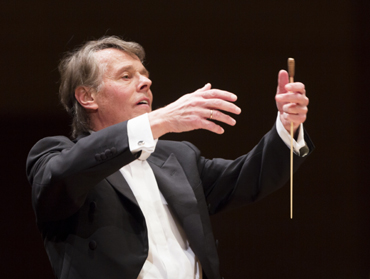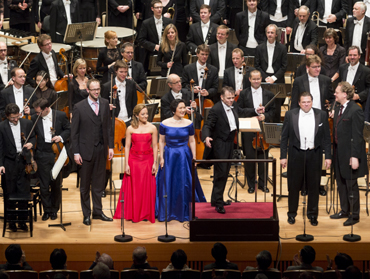
MARISS JANSONS – BEETHOVEN SYMPHONIES 1/2/3
Ludwig van Beethoven




Ludwig van Beethoven
MARISS JANSONS – BEETHOVEN SYMPHONIES 1/2/3
Suntory Hall, Tokyo, 2012
Orchestra, Chorus:
Symphonieorchester des Bayerischen Rundfunks
Conductor:
Mariss Jansons
Location:
Suntory Hall, Tokyo
Ludwig van Beethoven was the first hero of bourgeois musical life. Although Joseph Haydn and Wolfgang Amadeus Mozart had already made the transition from the older feudal and ecclesiastical traditions to the new culture of public concerts, periodicals and amateur music-making, Beethoven was the fi rst composer to see himself as an artist who represented this bourgeois music culture as an individual, rather than simply supplying music for it, as composers had previously done for the church or the aristocracy. Beethoven‘s fi rst three symphonies can be seen as experiments in the heroic style. What is intimated in the First Symphony (1800) in a new fi rmness of musical tone and the replacement of dancelike, elegantly fl owing intonations by scherzo and march, takes on more concrete form in the Second Symphony (1803). This is a monumental symphony – a fact that escapes today’s listeners for the simple reason that it was followed by the Third, which is even more expansive in its design. This Third Symphony (1805), called “Eroica”, is approximately twice as long as any symphony by Haydn and one of most popular orchestral works by Beethoven. SPECIAL FEATURE: Mariss Jansons rehearses Beethoven (Bonus fi lm, 44 mins)
Label:
Arthaus Musik
Genre:
Konzert
Running Time:
116 +
Picture Format:
16:9
Sound Format:
PCM Stereo / Dolby Digital 5.0
Number of Discs:
1
Region:
0
Languages:
DE
Subtitle Languages:
GB, DE, FR, ES, IT, KOR
UPC:
807280217599
Blu-ray:
108098

Johannes Brahms, Leoš Janáček
A “star event” wrote The Guardian about the performance of Johannes Brahms’ “Second Symphony” with the Bavarian Radio Symphony Orchestra under Mariss Jansons. Recalling that this orchestra is now “among the leading ensembles in the world,” The Guardian asserted that “their style is generous, warm and big-hearted, their(...)

Ludwig van Beethoven
Following the excesses of the Eroica, Beethoven’s Fourth Symphony (1806) represents a return to the more modest dimensions of traditional symphonies. If one were to seek a common denominator for Symphonies 4 to 6, then it would perhaps be the fact that the symphonic “ego” is no longer portrayed in terms of the lonely hero but instead(...)
















 PDF Download (5,5 MB)
PDF Download (5,5 MB) PDF Download (6,7 MB)
PDF Download (6,7 MB)